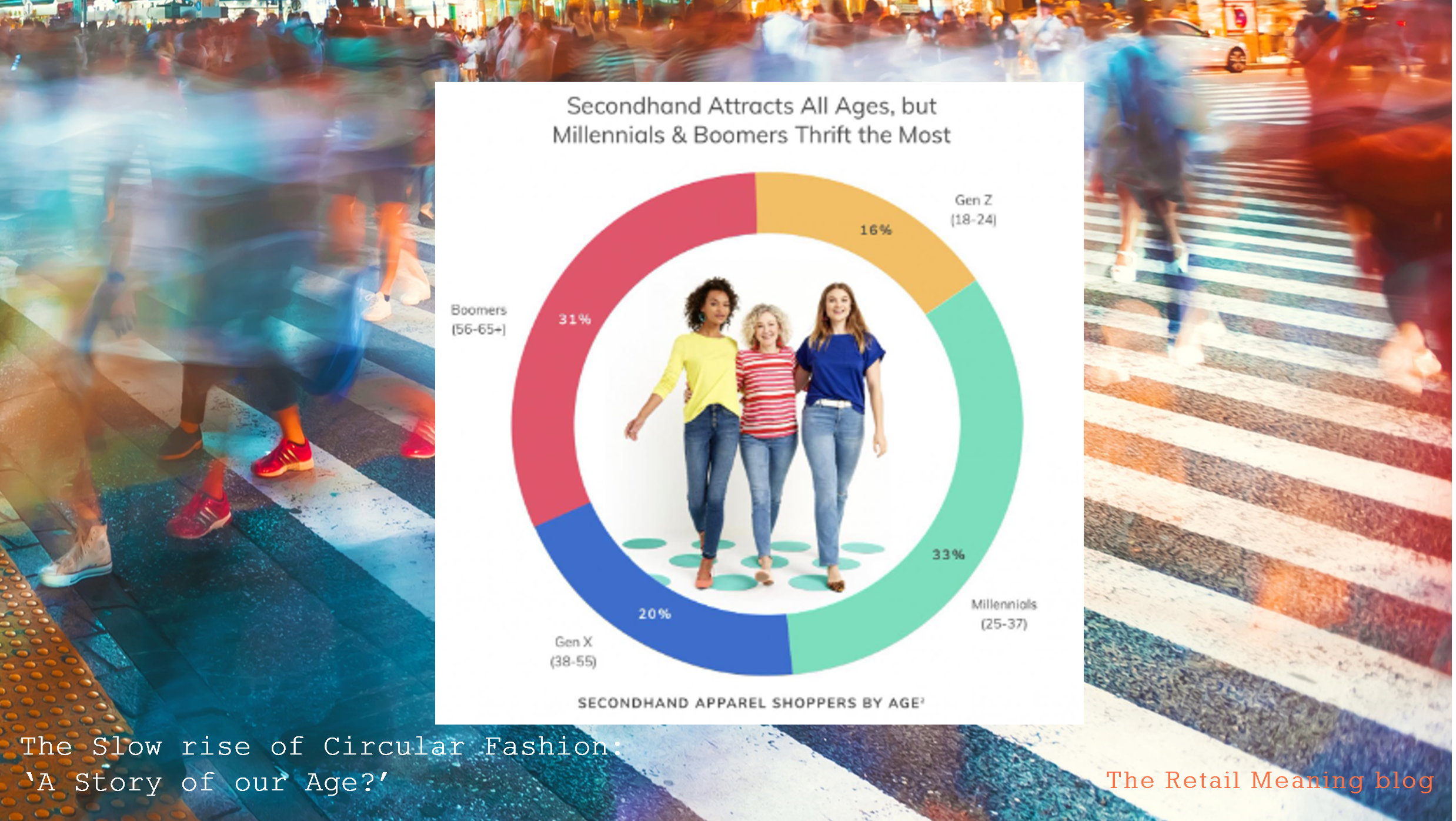The number of sustainable & circular economy events, workshops and communities that are appearing is startling. The passion of the speakers, the retailers, growers, producers is incredible, and matched by the enthusiastic reaction from the audiences.
I witnessed this first-hand at the excellent WIP Sustainable Business Summit, held last Friday as part of the Fashion District Festival at Spitalfields. An event featuring recycled materials specialists, regenerative suppliers, circular designers, resellers, up-sellers, clothing renters, and home wardrobe advisors. A festival including education, workshops, and second-hand pop-up shops.
The theme everywhere was, buy less, buy better, wear it longer, repair and re-sell. The mood was upbeat and inspiring.
However, stepping back into the reality of the traditional retailer heartlands of the west end, there is still little evidence of this shift in sentiment, this shift in commercial models, which promises so much.
If you dig deep you will find evidence of re-sell adoption in selected shop-corners of H&M and Zara, and the excellent Levi’s Haus, but the general dialogue is still about encouraging customers to feed tirelessly on the feast of fashion, and consume the necessary volumes of sales required to keep the wheels of big retail businesses turning.
Of course, there is little desire to change a business model that still works, just about, to deliver profits. But the movement of big brands into circularity is not all lip-service. There is a realisation that at least some of their future profits will come from the circular markets.
But change is frustratingly slow. Is it simply ‘A Story of our Age?’
I revert to my favourite sustainability trends report from Thredup. Published in 2019, I return to it with regularity & circularity. Wisdom like fashion gets better the more you read or wear it and can be used intelligently in so many situations.
Encouragingly, second-hand for example, is being increasingly embraced by all age groups. Many over 60s were brought up in a world of thrift where repair and second hand were part of life. They still embrace these values and are all too happy to frequent the growing number of re-sell opportunities.
Millennials and younger gens, up to their forties, are concerned for their world and that of their children, as well as their cost-of-living wallets. Second hand is often exciting and fulfilling. The appetite is fuelling new initiatives born from their own ranks.
The least demand for second-hand is Gen X (38-55) That’s me! We were brought up in a wonderful world of globalised supply, low prices, unbelievable choice, and an ignorance of the damage it was all doing. That was a powerful cocktail. A habit difficult to kick?
It is interesting to compare this with accepted data on the age of business CEOs and senior executives in 2023. CEOs are on average 55.6 years old, CFOs are 52.5, and an average board member aged 50.
Maybe a big factor in the slow uptake of circularity in big brands, the seeming indifference, and lack of urgency, is simply linked to age, upbringing, and a globalised career mindset. Both nature & nurture. That is also a powerful combination.
But , maybe that is also the hope. As millennials get their day. As the wheel of age & power turns clockwise, that leaders of big brands will naturally apply their more compassionate and sustainable nurturing to their organisations.
That millennials will bring big businesses in line with the sentiments and practices of retail entrepreneurs and the consumers of a new circular age.
